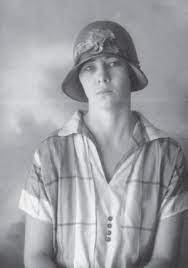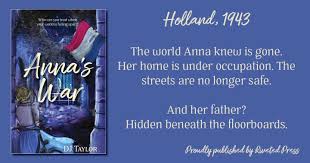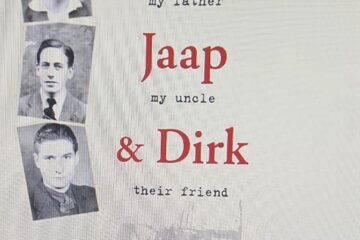
It is published by Elsevier in Amsterdam in 1933. The book is written by Madelon Székely-Lulofs, a Dutch writer and journalist who was born in Indonesia and later moved to Hungary with her second husband, László Székely, a Hungarian planter and writer. She is best known for her novels about life in colonial Indonesia, such as ‘Rubber’ and ‘Koelie’.
‘Emigranten en andere verhalen’ by Magdalena Hermina (Madelon) Székely-Lulofs. The book is a collection of short stories about Dutch immigrants in various countries, such as Brazil, Argentina, Canada and Australia.
The book is digitised and available from the Bibliotheek voor Nederlands Letteren. This is the chapter that covers Australia (in Dutch)
Magdalena Hermina (Madelon) Székely-Lulofs

Madelon Lulofs was born as the eldest daughter of Claas Lulofs and Sarah Dijckmeester at Hotel Oranje in Surabaya on the island of Java. Both of her parents’ families originally came from Deventer. Her father was a civil servant and was regularly transferred to different locations, eventually becoming a resident of New Guinea. The family accompanied him to Aceh and later to a small garrison town. Between 1913 and 1915, Madelon attended the girls’ HBS (Higher Burgerschool) in Deventer.
From 1917 to 1926, she was married to rubber planter Hendrik Doffegnies from Deli. They had two daughters together, Mary Maud and Christine (Tineke). Madelon began writing stories that Hungarian planter László Székely (not to be confused with the Hungarian architect of the same name) published in a newspaper in Sumatra. In 1926, her marriage to Doffegnies was dissolved, and she married Székely. They had another daughter named Clothilde Malvina.
The couple moved to Sumatra, and Székely-Lulofs published stories in the magazine Groot Nederland. In 1931, she made her debut as a novelist with the book Rubber. Due to an avalanche of positive reviews, Rubber immediately became a bestseller.
In 1930, the family moved to HungaryIn 1937, Székely-Lulofs published the novel Het laatste bedrijf, which is set in Budapest. In 1938, the family settled in a boarding house in Santpoort. However, after the German invasion, Székely returned to Hungary for health reasons and to protect his wife and child as he was Jewish. Székely-Lulofs was active in the resistance as a courier and also provided shelter for people in hiding. Her husband survived the war but did not reunite with his wife. Shortly before he was set to return to the Netherlands, he passed away on April 14, 1946, due to a heart attack.
Székely-Lulofs increasingly published journalistic work in De Groene Amsterdammer, Elseviers Weekblad, Margriet, and other magazines. In the 1940s, she published several more books, but after that, she focused mainly on translations. She translated works from German, English (including Pearl S. Buck), and Hungarian authors such as Zsolt Harsányi and Jolan Földes, both of whom were popular writers in the 1950s. Madelon Lulofs passed away at the age of 58 from a heart attack.


